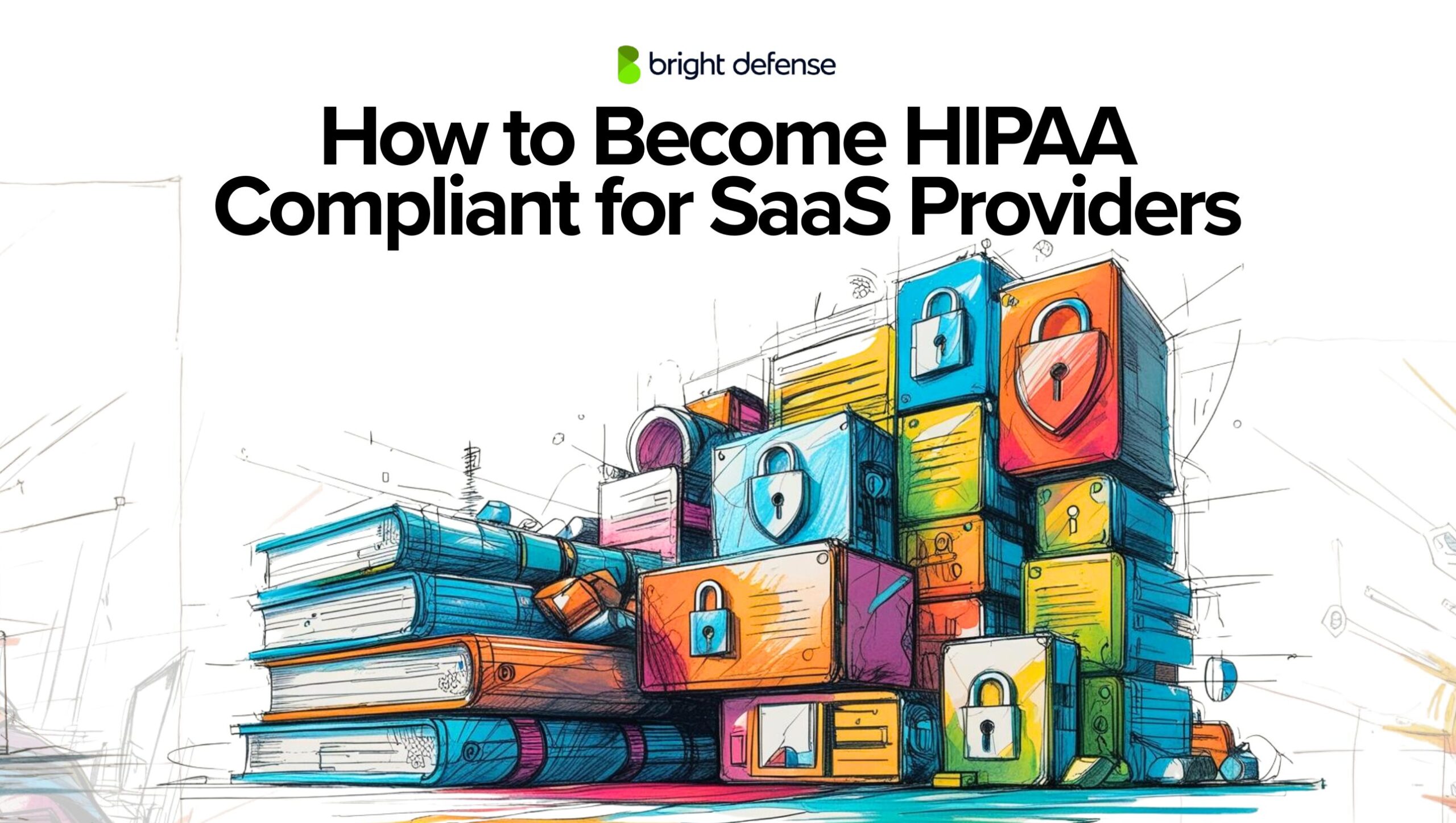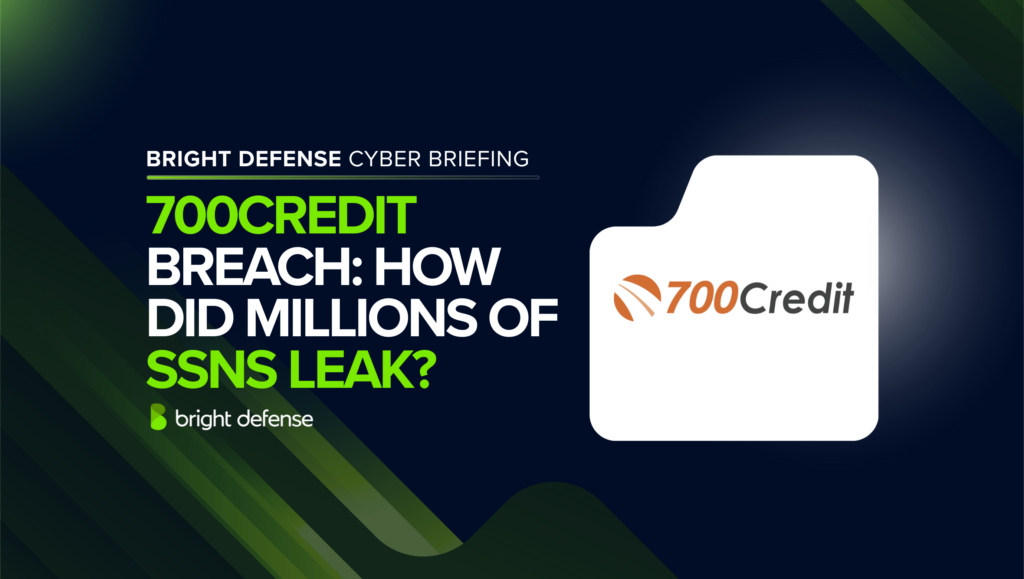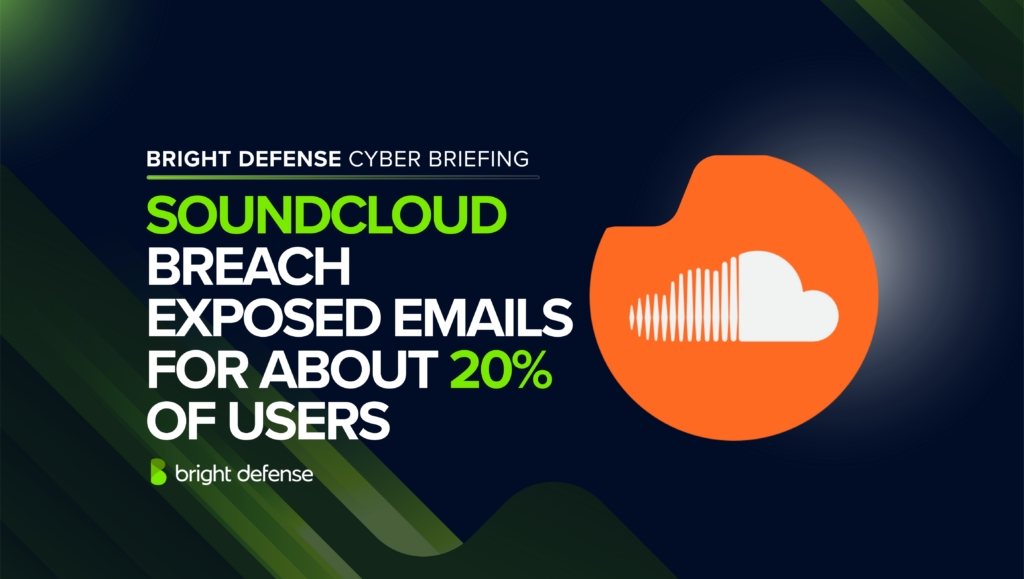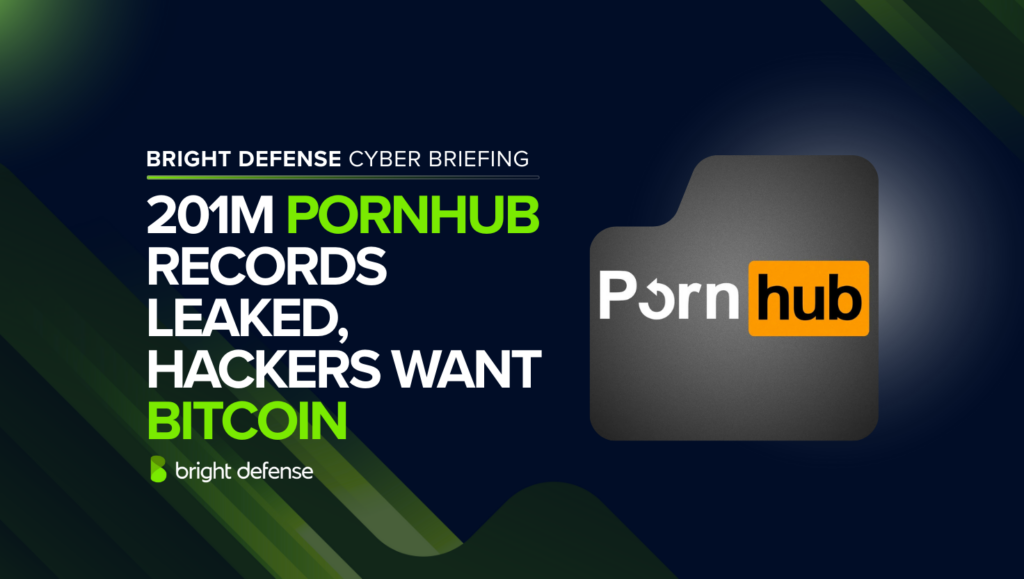
How to Become HIPAA Compliant for SaaS Providers
For SaaS providers, HIPAA compliance is non-negotiable. As a cornerstone of healthcare data privacy, the Health Insurance Portability and Accountability Act protects sensitive patient information. Becoming HIPAA compliant isn’t just a legal requirement; it’s a critical step that builds trust, prevents data breaches, and unlocks opportunities in the health tech sector. This guide will walk you through the key requirements and best practices for SaaS providers to secure protected health information and succeed in the healthcare industry.
What is HIPAA?
HIPAA, or the Health Insurance Portability and Accountability Act, sets the standard for protecting sensitive patient data. For SaaS providers, understanding HIPAA’s Privacy Rule, Security Rule, and Breach Notification Rule is essential. These rules govern how ePHI should be handled, stored, and transmitted.
Privacy Rule
The Privacy Rule establishes national standards for the protection of individuals’ medical records and other personal health information. It requires appropriate safeguards to protect the privacy of personal health information and sets limits and conditions on the uses and disclosures that may be made of such information without patient authorization.

Security Rule
The Security Rule specifies a series of administrative, physical, and technical safeguards for covered entities to use to assure the confidentiality, integrity, and availability of ePHI. SaaS providers must implement these safeguards to protect data at all stages.
Breach Notification Rule
The Breach Notification Rule requires covered entities to notify affected individuals, the Secretary of Health and Human Services, and, in some cases, the media of a breach of unsecured ePHI. SaaS providers must have procedures in place to detect, report, and respond to data breaches.
Why is HIPAA Compliance Important for SaaS Providers?
HIPAA compliance ensures that your software protects patient data, maintaining the trust of your clients and their patients. Non-compliance can lead to severe legal and financial consequences, including hefty fines and potential damage to your reputation. By becoming HIPAA compliant, you demonstrate your commitment to security and privacy, setting your business apart from competitors. Maintaining HIPAA compliance along with SOC 2 will definitely build trust with your vendors and customers.

Steps to Become HIPAA Compliant for SaaS Providers
1. Understand the HIPAA Requirements for SaaS
Start by familiarizing yourself with the specific HIPAA requirements for SaaS providers. This includes understanding the technical, administrative, and physical safeguards necessary to protect ePHI. Utilize resources and training materials tailored for software developers to ensure your team is well-versed in HIPAA standards.
- Technical Safeguards: Implement controls to manage access to ePHI. This includes encryption, secure user authentication, and audit controls to track system access and usage.
- Administrative Safeguards: Establish policies and procedures to manage the conduct of your workforce and protect ePHI. This includes workforce training, security management processes, and incident response plans.
- Physical Safeguards: Control physical access to systems and locations where ePHI is stored. This includes facility access controls, workstation security, and policies for the disposal of electronic media containing ePHI. Use of public Cloud providers like AWS and GCP will help carve these controls to these sub-processors.
2. Conduct a Risk Assessment to be HIPAA Compliant
Identify potential risks and vulnerabilities in your software. Conducting a thorough risk assessment is crucial for understanding where your software may fall short of HIPAA standards. This process involves analyzing your current security measures and identifying areas for improvement.
- Identify ePHI: Pinpoint where your system stores, receives, maintains, or transmits ePHI.
- Analyze Threats and Vulnerabilities: Spot potential threats like unauthorized access, data breaches, or natural disasters. Evaluate your system’s vulnerabilities that these threats could exploit.
- Evaluate Risk Levels: Assess the likelihood and impact of each risk. Prioritize risks based on severity and likelihood to address the most critical areas first.

3. Develop and Implement Policies and Procedures
Create comprehensive HIPAA policies and procedures specific to your SaaS operations. Address key areas such as data access, storage, and transmission. Implementing these policies ensures that all team members follow standardized processes, reducing the risk of data breaches.
- Access Control Policies: Define who has access to ePHI and under what circumstances. Ensure that access is limited to authorized individuals based on their role.
- Data Storage and Transmission Policies: Establish guidelines for securely storing and transmitting ePHI. This includes using encryption for data at rest and in transit.
- Incident Response Procedures: Develop a plan for responding to security incidents, including data breaches. Outline the steps for detecting, reporting, and mitigating the impact of breaches.
4. Train Your Team
Regular HIPAA training for your development and support teams is essential. Ensure that everyone understands the importance of HIPAA compliance and knows how to handle ePHI correctly. Effective training programs tailored to SaaS providers will keep your team updated on best practices and regulatory changes.
- Initial Training: Provide comprehensive training for new hires to ensure they understand HIPAA requirements and company policies.
- Ongoing Education: Conduct regular training sessions to keep employees informed about updates to HIPAA regulations and emerging security threats.
- Role-Specific Training: Tailor training programs to the specific roles and responsibilities of your team members. For example, developers should receive training on secure coding practices, while support staff should learn about data handling procedures.
5. Secure ePHI in Your Software
Implement robust technical safeguards to protect ePHI. This includes using encryption, access controls, and audit controls within your software. Additionally, ensure physical safeguards are in place for your data centers and development environments to prevent unauthorized access.
- Encryption: Use strong encryption methods to protect ePHI both at rest and in transit. Ensure that encryption keys are securely managed and protected.
- Access Controls: Implement multi-factor authentication (MFA) and role-based access controls (RBAC) to ensure that only authorized users can access ePHI.
- Audit Controls: Enable logging and monitoring of system access and activities. Regularly review audit logs to detect and respond to suspicious activities.

6. Monitor and Audit Compliance
Regularly review and update your HIPAA policies and procedures. Conduct internal audits and assessments to ensure ongoing compliance. Monitoring your compliance efforts helps you identify and address any gaps promptly, ensuring continuous improvement.
- Policy Reviews: Schedule regular reviews of your HIPAA policies and procedures to ensure they remain up-to-date with regulatory changes and best practices.
- Internal Audits: Perform periodic audits of your systems and processes to verify compliance with HIPAA requirements. Document findings and implement corrective actions as needed.
- Continuous Monitoring: Use automated tools like Drata to continuously monitor your systems for potential security threats and compliance issues. Respond quickly to any identified risks.
7. Develop a Breach Response Plan
Having a breach response plan is critical. In the event of a data breach involving ePHI, you need a clear, actionable plan to respond effectively. This includes steps for breach notification, incident management, and mitigation measures to prevent future breaches.
- Breach Detection: Implement systems to detect potential data breaches. Establish procedures for reporting suspected breaches promptly.
- Notification Procedures: Outline the steps for notifying affected individuals, the Secretary of Health and Human Services, and, if necessary, the media. Ensure notifications are made within the required timeframes.
- Mitigation Strategies: Develop strategies for containing and mitigating the impact of a data breach. This may include steps to secure compromised data, prevent further unauthorized access, and support affected individuals.
Conclusion of How to Become HIPAA Compliant
Achieving HIPAA compliance as a SaaS provider is essential for protecting patient data and maintaining trust. By understanding the requirements, conducting risk assessments, implementing robust policies, training your team, securing ePHI, and monitoring compliance, you can ensure your software meets HIPAA standards.
About Bright Defense
If you need further guidance on how to become HIPAA compliant, Bright Defense offers specialized services through our Continuous Compliance programs powered by Drata. Our team of experts is dedicated to helping SaaS providers achieve and maintain HIPAA compliance. We provide comprehensive risk assessments, policy development, training, penetration testing, and ongoing monitoring to ensure your software meets and exceeds HIPAA standards. Contact us today to learn more about how our Continuous Compliance programs can safeguard your business and the sensitive data it handles. Ensure your software remains secure and compliant with Bright Defense’s expertise and support.
Get In Touch



